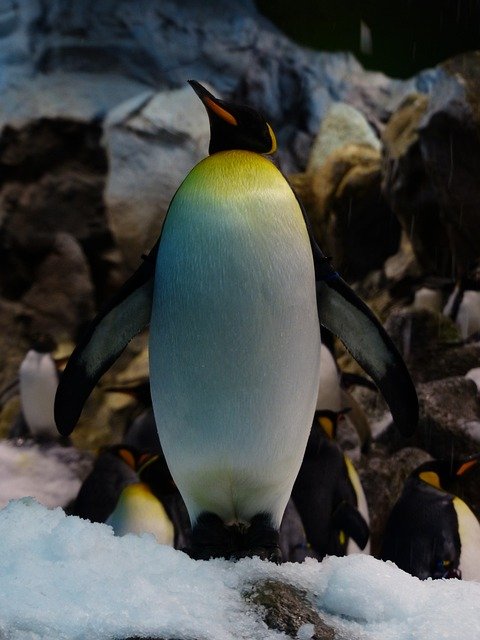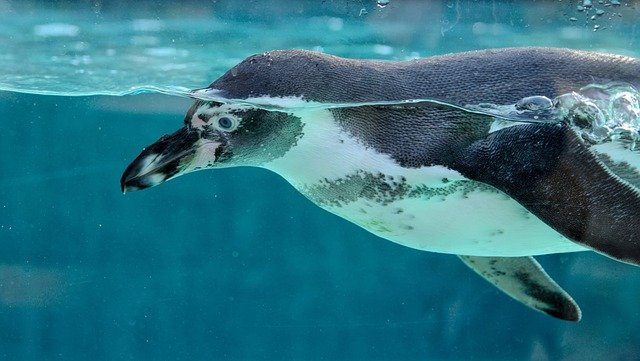
Adaptations of Penguins: How These Flightless Birds Thrive in Harsh Antarctic Conditions
Penguins are fascinating creatures that have evolved remarkable adaptations to survive in one of the most extreme environments on Earth: the Antarctic. Despite their inability to fly, these flightless birds have developed unique physical and behavioral traits that allow them to thrive in cold temperatures, icy waters, and challenging conditions. In this post, we’ll explore some of the key adaptations that enable penguins to flourish in their harsh habitats.
1. Insulating Feathers
Penguins are equipped with a special layer of feathers that provides exceptional insulation. Their feathers are densely packed and waterproof, allowing them to stay dry and retain body heat. Beneath their feathers, a thick layer of blubber acts as an additional insulator, ensuring that they remain warm even in frigid waters.
2. Streamlined Bodies
Penguins have evolved a streamlined body shape that reduces drag while swimming. Their wings have transformed into flippers, which provide powerful propulsion in the water. This adaptation allows them to reach speeds of up to 15 miles per hour (24 km/h) when swimming, helping them evade predators and catch prey.
3. Social Behavior
Living in large colonies is another crucial adaptation for penguins. By huddling together in groups, they can share body heat and protect themselves from the biting cold winds. This social behavior is especially important during the breeding season when they take turns incubating their eggs and caring for their chicks.
4. Efficient Thermoregulation
Penguins have developed sophisticated thermoregulation mechanisms to maintain their body temperature. They can adjust their blood flow to their extremities, reducing heat loss in their flippers and feet. Additionally, they perform behaviors like "tobogganing," sliding on their bellies to conserve energy while moving across the ice.
5. Specialized Diet
Penguins are skilled hunters, primarily feeding on fish, krill, and squid. Their excellent eyesight allows them to spot prey underwater, and their beaks are adapted for catching slippery fish. Some species, like the Emperor Penguin, can dive to impressive depths of over 1,800 feet (550 meters) to find food, showcasing their remarkable diving abilities.
6. Breeding Adaptations
Breeding in the harsh Antarctic environment poses significant challenges. Penguins have developed unique reproductive strategies to ensure the survival of their young. For instance, Emperor Penguins are known for their extraordinary parental care, where males incubate the egg on their feet, keeping it warm while the female hunts for food.
Conclusion
The adaptations of penguins are a testament to the incredible resilience of life in extreme conditions. From their insulating feathers to their social behaviors, these flightless birds have evolved a suite of traits that allow them to thrive in the unforgiving Antarctic environment. As climate change continues to impact their habitats, understanding these adaptations will be crucial for the conservation of penguin species and the ecosystems they inhabit.
Feel free to share your thoughts or ask questions about penguins and their remarkable adaptations! 🐧

Upvoted! Thank you for supporting witness @jswit.
Downvoting a post can decrease pending rewards and make it less visible. Common reasons:
Submit
Downvoting a post can decrease pending rewards and make it less visible. Common reasons:
Submit